Properties
| Storage Buffer | 50mM Tris/HCl, pH8, 0.3M NaCl |
| Storage Temperature | -20ºC |
| Shipping Temperature | Blue Ice or 4ºC |
| Purification | Affinity Purified |
| Cite This Product | Human Recombinant HSC70 Protein (StressMarq Biosciences | Victoria, BC CANADA | Catalog# SPR-106) |
| Certificate of Analysis | This product has been certified >90% pure using SDS-PAGE analysis. The protein has ATPase activity at the time of manufacture of 3.2µM phosphate liberated/hr/µg protein in a 200µl reaction at 37°C (pH 8) in the presence of 20ul of 1mM ATP using a Malachite Green assay. |
Biological Description
| Alternative Names | Constitutive heat shock 70, HSC54, HSC71, HSC73, HSP71, HSP74, HSPA10, HSPA8, LAP1, NIP71 |
| Research Areas | Cancer, Heat Shock |
| Cellular Localization | Cytoplasm, Melanosome |
| Accession Number | AF352832 |
| Gene ID | 3312 |
| Swiss Prot | P11142 |
| Scientific Background |
HSC70 (Heat Shock Cognate 70) is a constitutively expressed member of the HSP70 family, functioning as a molecular chaperone involved in protein folding, trafficking, and degradation. Unlike its inducible counterpart HSP70, HSC70 is present under normal physiological conditions and plays a continuous role in maintaining proteostasis. In the nervous system, HSC70 is essential for synaptic function, axonal transport, and the clearance of misfolded proteins. It is particularly relevant in neurodegenerative diseases such as Alzheimer’s, Parkinson’s, and Huntington’s, where protein aggregation and impaired degradation pathways are central to disease progression. HSC70 binds to nascent and partially unfolded proteins, preventing aggregation and facilitating proper folding. It also participates in chaperone-mediated autophagy (CMA), a selective degradation pathway critical for removing damaged or misfolded proteins in neurons. Dysregulation of HSC70 or CMA has been linked to the accumulation of neurotoxic proteins and neuronal dysfunction. Its ATP-dependent conformational changes and interactions with co-chaperones enable HSC70 to adapt to cellular stress and support recovery. As a result, HSC70 is a promising target for therapeutic strategies aimed at enhancing protein clearance and restoring neuronal health in neurodegenerative conditions. |
| References |
1. Brown C. L., et al. (1993) J.Cell Biol. 120(5): 1101-1112 2. Boorstein W. R., Ziegelhoffer T. & Craig E.A. (1993) J. Mol. Evol. 38(1): 1-17. 3. Rothman J. (1989) Cell. 59: 591 -601. 4. DeLuca-Flaherty et al. (1990) Cell. 62: 875-887. 5. Bork P., Sander C. & Valencia A. (1992) Proc. Natl Acad. Sci. USA. 89: 7290-7294. 6. Brown C. L., et al. (1996) J. Biol. Chem. 271(2): 833-840. |

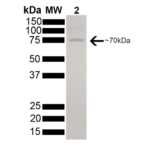
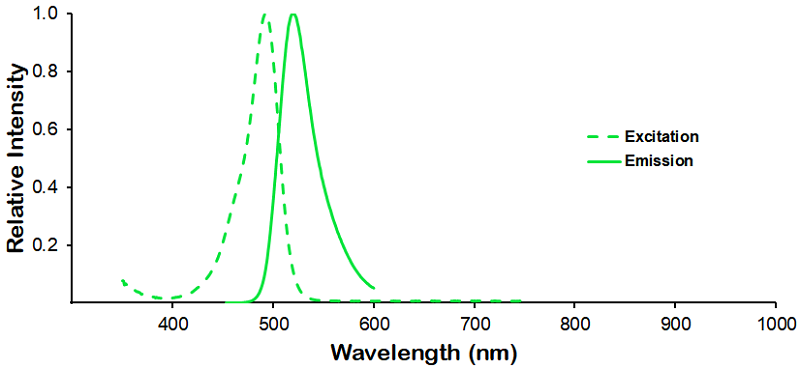
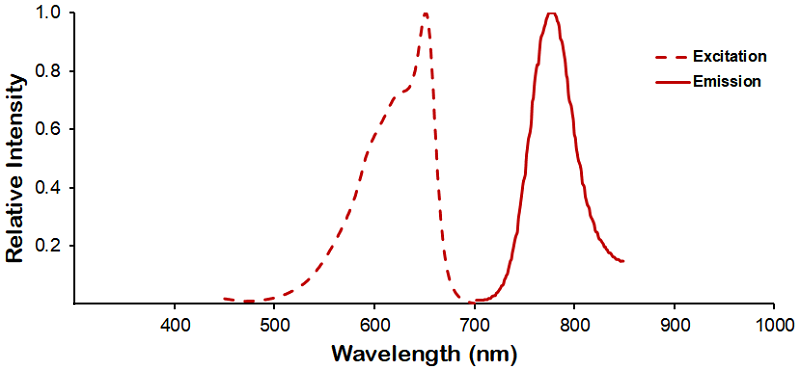
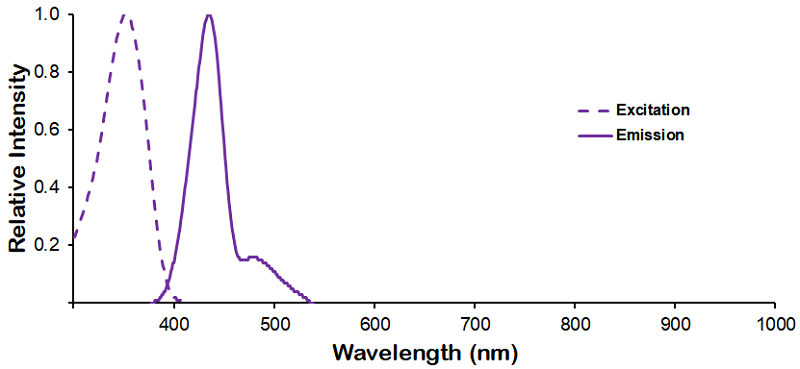
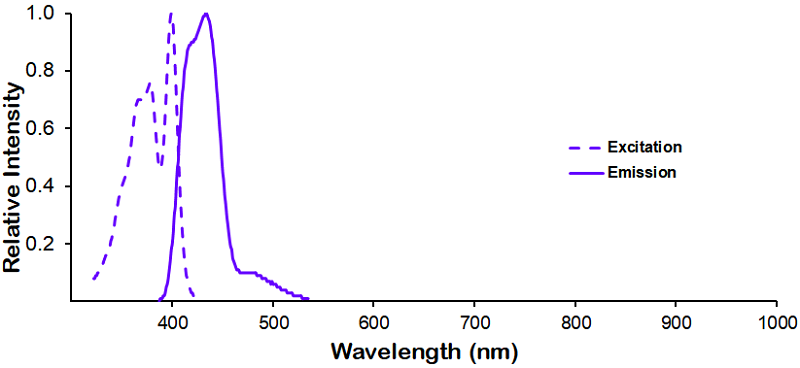
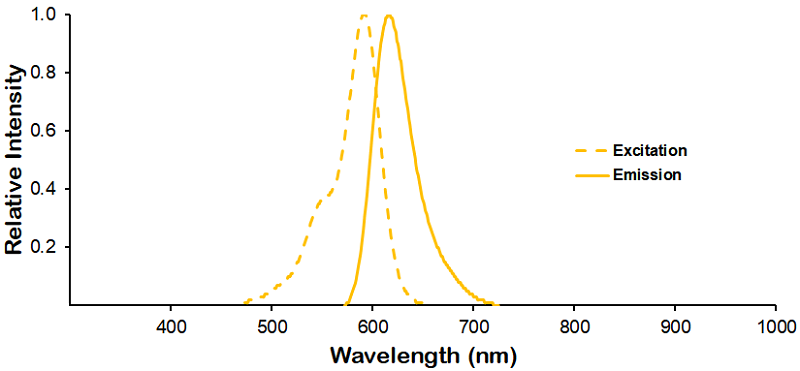

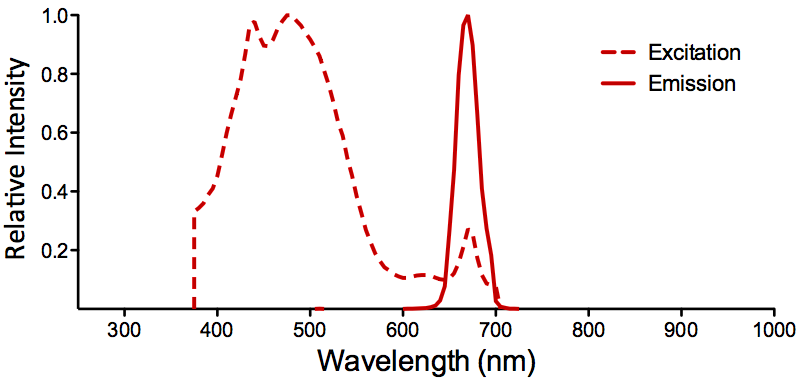
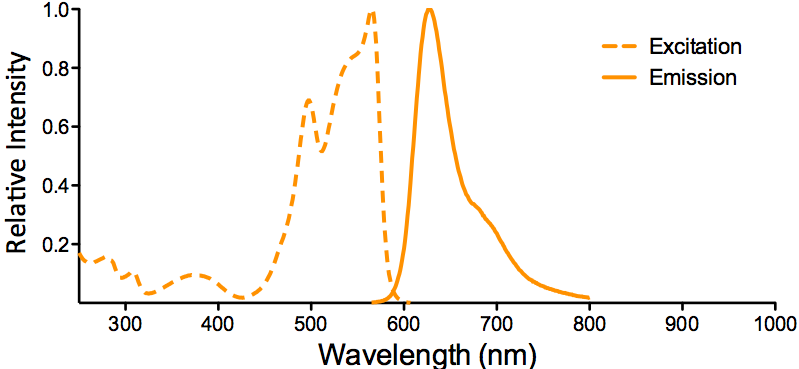
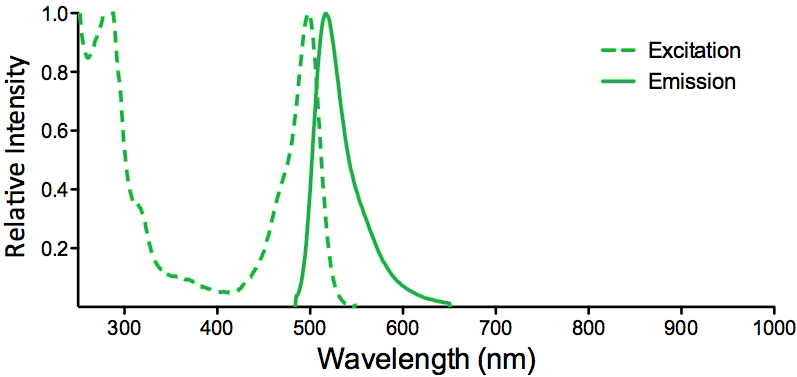
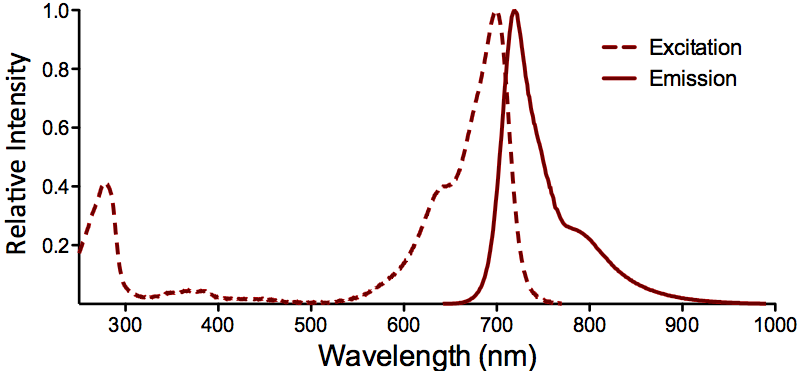
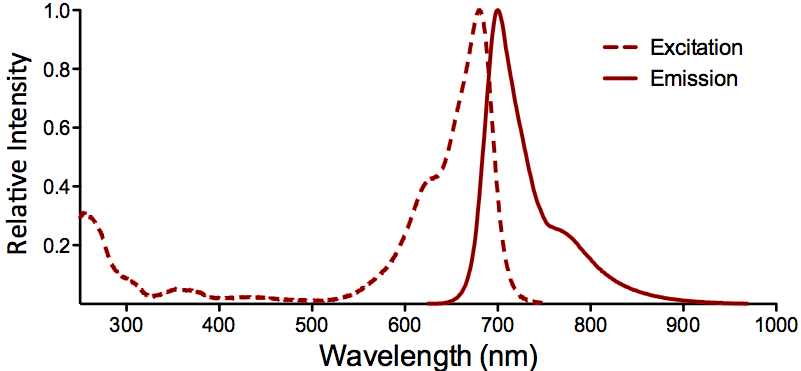

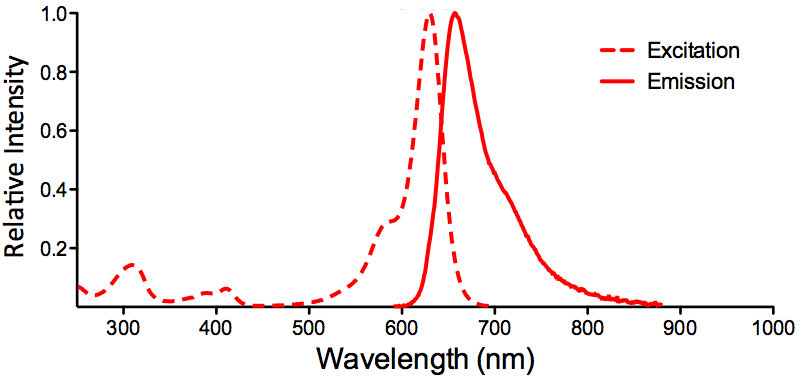
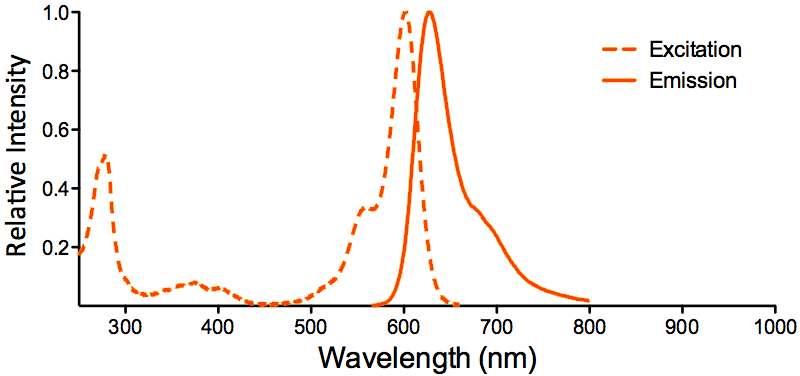

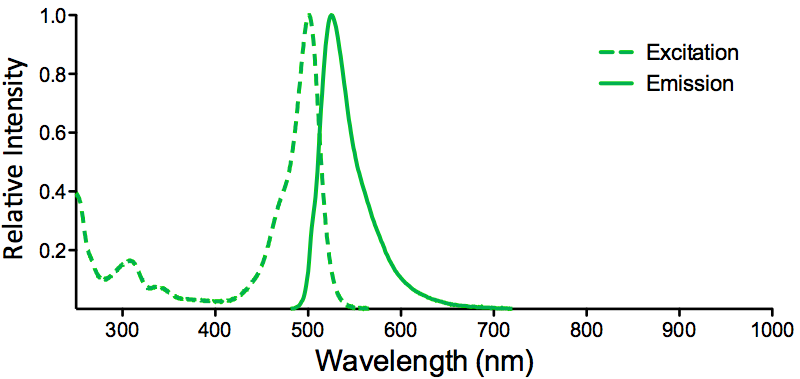
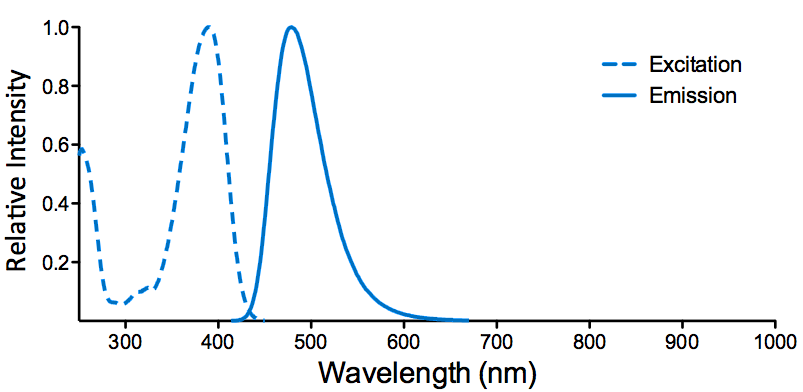
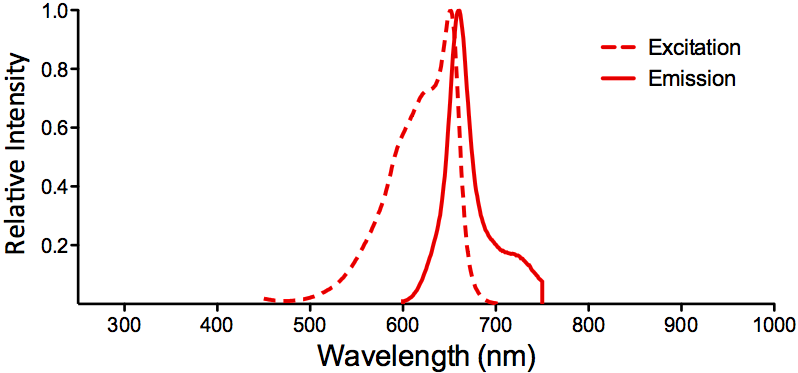
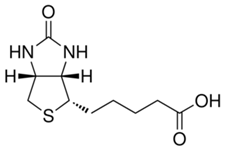
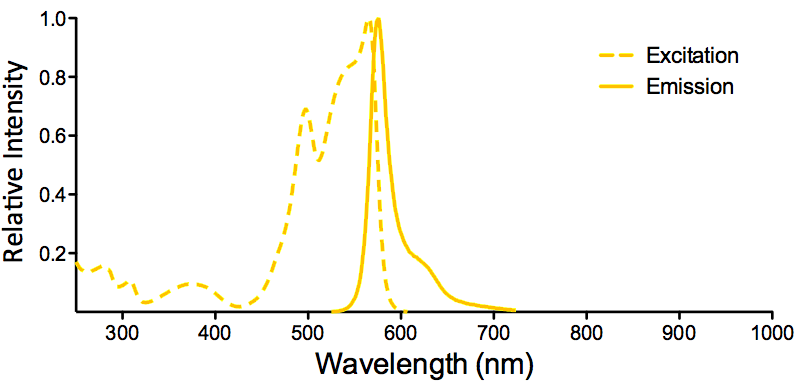
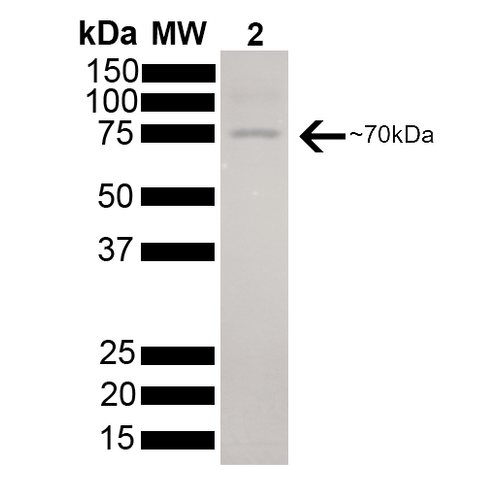
StressMarq Biosciences :
Based on validation through cited publications.